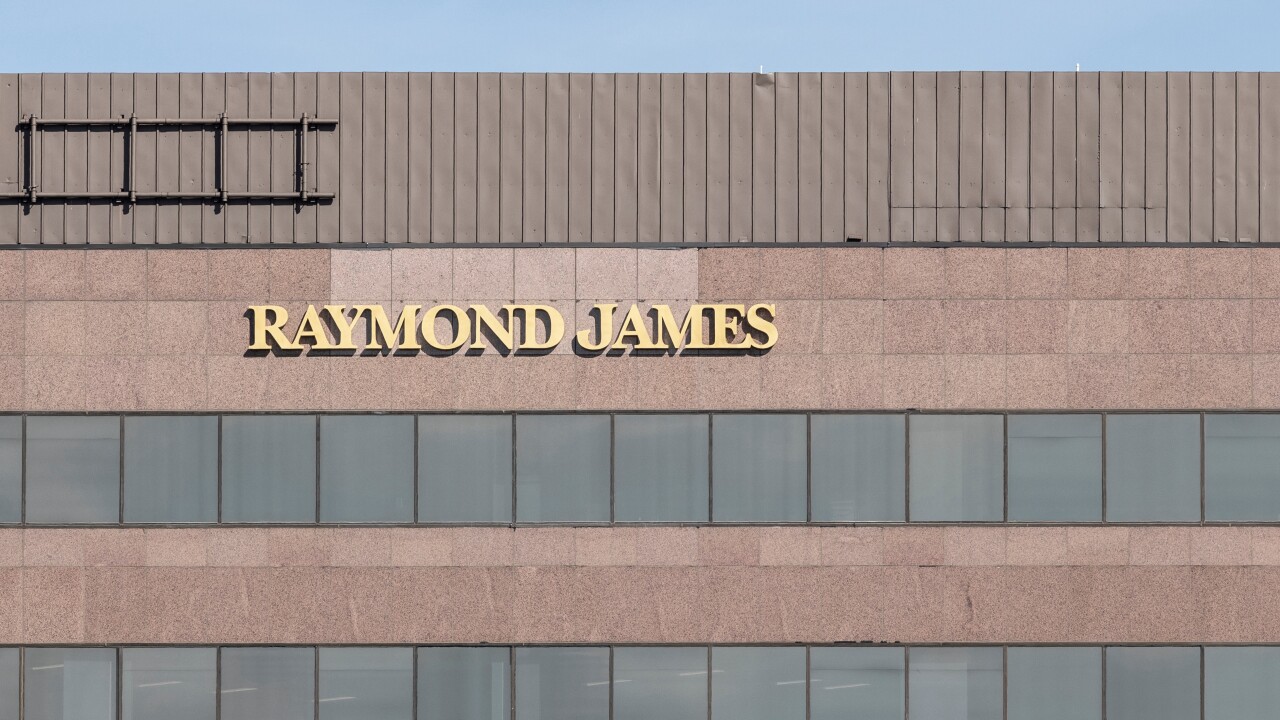With the bear market squashing returns for mutual funds, those who give awards, such as Lipper, Standard & Poor's/Business Week and Morningstar, have focused their selection process on a number of things, with past performance not as big a barometer as it once was. In some instances, history took a back seat during the selection process, and more qualitative, rather than quantitative measures, led the way.
In a busy few days, both Lipper and a joint awards program between S&P and BusinessWeek were announced late last week. Morningstar anointed its leaders in January.
Shunning the notion "what have you done for me lately?," some of the funds honored had rather unspectacular years in 2002. American Fund's Growth Fund of America, selected as the top dog in the large-cap growth category by S&P, had a negative 22% return in 2002, beating the S&P 500 index by only 1/10th of a percentage point. However, it bested its peers in its category by 5.7 percentage points. And, looking further back, the fund showed a 3.8% annualized return over the five years trailing, beating the S&P 500 by 8.1 percentage points during that same time frame.
Further evidence of the inclusion of funds that may have felt the claws of the bear, the Royce Low-Priced Stock fund, S&P's winner in the small-cap value category, was dead even with its peers in 2002, with a negative 16.3% return. However, this fund has beaten the S&P over the trailing five years by 10.6 percentage points, producing an annualized return for the period of 6.3%.
S&P's awards were derived using a combination of calculations, culminating in the subtraction of the fund's normalized risk, from the normalized total return. But first the winners had to meet a number of qualifications, including a minimum asset size of $100 million, a minimum initial investment of less than $26,000 in all of the funds, still be open to new investments and with a manager who started before 1998.
The fund's past performance over one-, three- and five-year periods was compared to its peers' track record. Turnover, expense ratio and holdings data were also considered. After the initial screenings, the fund's management, its ability to demonstrate a clear investment philosophy and disciplined investment process and its staff's abilities were all scrutinized.
Performance No Longer King
"Long gone are the days of making an investment decision based solely on a fund's past performance," stated an S&P release. "Rightly and forever, the informed investor will want to seek out mutual fund management that puts a premium on holdings information, expense ratios and quarterly findings."
Morningstar concurred that performance is not paramount when determining the winners.
Russ Kinnel, director of fund analysis at Morningstar, compared his company's awards to lifetime achievement recognition. "Even though we look at the long-term, the one-year term is recognition of the contribution, rather than a buy' recommendation."
He said that other factors taken into consideration are how friendly the firm's behavior towards shareholders is, as well as the amount of dough the fund has made for the shareholder. "We like funds that have made a lot of money for shareholders," Kinnel stated. Morningstar had considered choosing the Calamos Growth Fund as one of its winners, but shied away because it didn't make a large group of shareholders much money, since it was under $10 million until 1999 or 2000, Kinnel said.
Additionally, the Chicago-based company looks for managers with the courage to stay with the style of the fund, despite staring down difficult times ahead.
Lipper, which held its ceremony on Thursday at the Reuters building in New York's Times Square, did not have its methodology available at press time. However, it did say the winners were picked using a combination of traditional performance measures and advanced quantitative techniques.
Across the board, it was obvious the numbers from the past year viewed in a vacuum would not merit awards. Many of them lost money, but did not get hit as hard as their peers, which appears, for the most part, why they were recognized. Lipper's winner in the multi-cap core fund category, the AmSouth Select Equity Fund, lost 9.1% last year, but was a full 13 percentage points ahead of the S&P 500 and 12.9 percentage points in front of its category.
Both Morningstar and S&P recognized the Julius Baer International Equity Fund, which had an annualized return of minus 3.6% in 2002. While a negative return is not usually viewed as a positive, the fund did beat its category by 12.7 percentage points last year and the benchmark by 12.4 percentage points. Additionally, the fund has a 5.2% five-year annualized return, beating the benchmark by 13 percentage points.
"Not all of them made money during the bear market," Kinnel said of the winners. "But, they were able to keep losses small, enabling shareholders to endure the difficult market conditions of the past few years."
Copyright 2003 Thomson Media Inc. All Rights Reserved.
(http://www.thomsonmedia.com)





